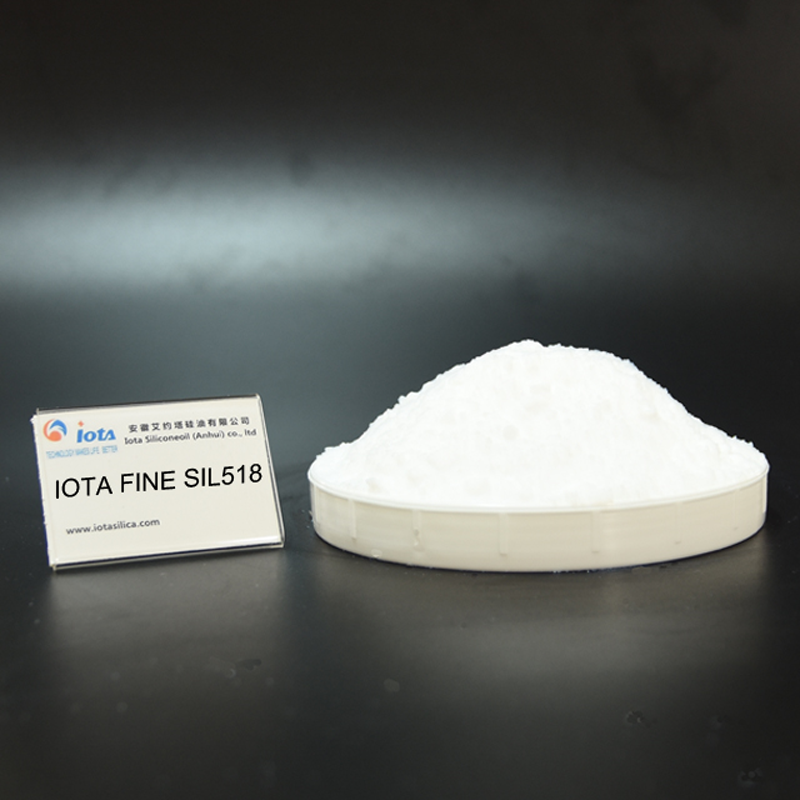In the food industry,
silica is sparking an innovative revolution with its unique functionality. From anti caking agents to thickeners, from clarifying agents to nutrient carriers, this multifunctional material is changing the way food is processed and packaged.
The application of silica in the food industry is mainly due to its excellent adsorption, flowability, and stability. In powdered food, silica serves as an anti caking agent, which can effectively prevent particle agglomeration and maintain product fluidity. In beverage production, silica can be used as a clarifying agent to remove suspended solids and improve product transparency. In functional foods, nano silica can serve as a carrier for nutrients and improve bioavailability.

Recently, an international food giant launched an instant coffee containing a new type of silica component. This product uses specially treated silica particles, which not only improve the flowability of coffee powder, but also enhance the stability of aroma substances. After going public, it received widespread praise and sales increased by 30% year-on-year.
However, the application of
silica in food also faces some challenges. Firstly, there is a safety issue as nanoscale silica may enter the human body through the digestive system. Secondly, there is consumer acceptance, with some consumers adopting a cautious attitude towards food additives. To this end, regulatory agencies in various countries are developing relevant standards to regulate the use of silica in food.
Market data shows that the global market size of silicon dioxide for food will reach 1 billion US dollars in 2022, and is expected to exceed 1.5 billion US dollars by 2025. With the development of the food industry and the upgrading of consumer demand, the demand for high-quality silica will continue to grow.
